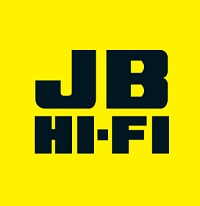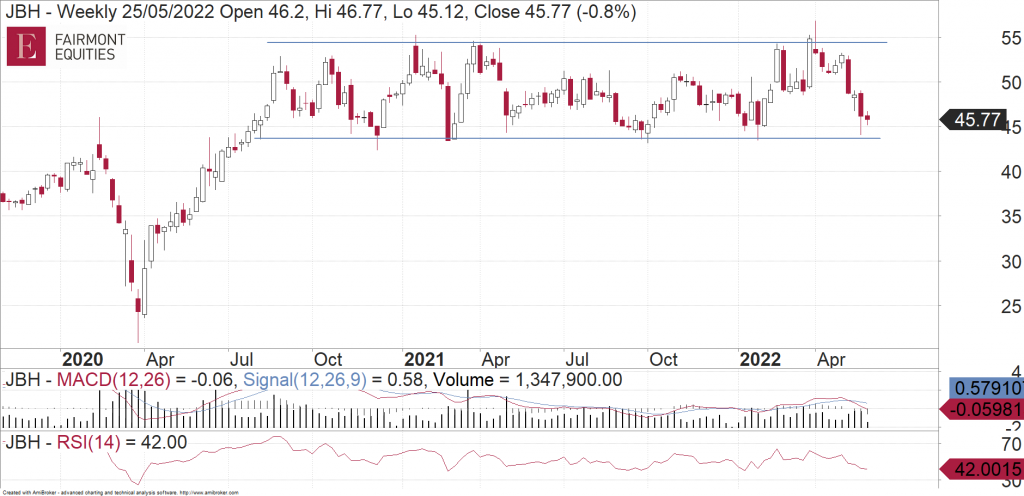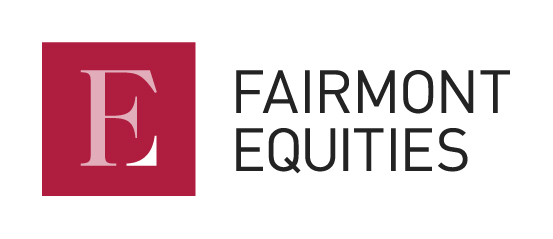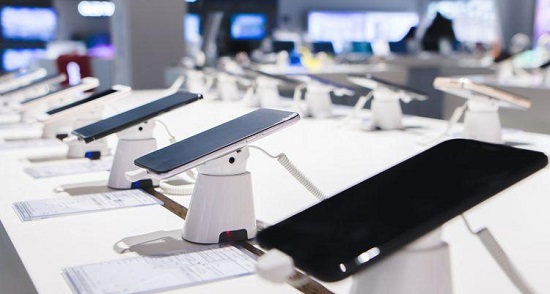We recently research JB Hi-Fi (ASX:JBH) in The Dynamic Investor after the Company reported continued improvement in comparative sales performance for the 3rd quarter of financial year 2022 (3Q22). A more challenging macroeconomic backdrop for discretionary retailers (i.e. the prospect of higher interest rates and declining house prices) as well as broader marker weakness have weighed on the shares. Are we nearing the bottom, or is there further weakness in store?
About JB Hi-Fi
JB Hi-Fi is the largest home entertainment retailer in Australia and NZ and is the leading player in the Australian consumer electronics and home appliance market. It operates two major brands: JB Hi-Fi and The Good Guys (which the Company acquired in 2016). The JB Hi-Fi store network and operations in Australia and NZ account for around 70% of overall sales. The Good Guys (TGG) accounts for the remainder.
The JB Hi-Fi brand sells computers, tablets, TVs, cameras, hi-fi systems, speakers, games, recorded music, Blu-Ray and DVD movies, and TV shows. The Good Guys brand sells home appliances including white goods, cookers, dishwashers, vacuum cleaners, air conditioning units, and small kitchen appliances; as well as consumer electronic products including computers, tablets, phones and cameras.
Key Fundamental Drivers
Can JBH Navigate a More Challenging Macroeconomic Backdrop?
The macro backdrop over the short term appears more challenging than that for the FY22 year to date. This is especially in light of declining rates of household savings and higher interest rates now flowing through earlier than expected. It is perhaps a larger extent than previously envisaged by the market. Further, there is the risk of price discounting given industry commentary about excess inventory (from private label and peripheral devices). In relation to these issues, we note three mitigating factors:
i. JBH is considered to have some resilience through the business cycle. This is given that its focus on replacement electronics and appliances as well as a continued value-driven approach will allow management to navigate a downturn.
ii. The continued improvement in comparative sales performance for 3Q22 has continued into the current quarter (4Q22). To date, the Company has not seen sales deteriorate despite increased prices in consumer electronics and home appliances. The Company has also pointed to the fact that price rises in the former is generally ‘hidden’ in product/model upgrades. This environment will not affect promotional activity as the business looks to deliver value. Notably, sales in small appliances, work-related devices and peripherals during COVID has expanded the opportunity for product upgrades.
iii. Further, rising interest rates may have a muted impact on consumer spending, given that phones, laptops and tablets have become essential purchases for many consumers.
Supply Chain Pressures Appear Manageable
Over 50% of supply for the JB Hi-Fi and TGG stores are sourced from China, Hong Kong, and Taiwan. There are concerns that there could be increasing supply chain disruption as a result of COVID outbreaks in those countries. This could lead to cost rises and inventory disruption towards the end of FY22 and into the early part of FY23.
At the 1H22 results release, it was revealed that suppliers had passed on price increases of around 8%, particularly in home appliances. At that time, volume had generally been maintained. However, ongoing disruption to stock availability operations due to COVID, plus the fact that the end of the financial year is an important trading period have contributed to the Company not providing FY22 sales or earnings guidance.
In the recent market update, JBH warned of supply chain delays and inventory availability continuing into 4Q22. Although JBH commented that its inventory position had improved. While the Company had seen price increases flow through from suppliers over the last six months, the price increases were largely “hidden” in consumer electronics. This occurred as manufacturers roll out new models that are naturally priced higher. Further, JBH does not expect inflation to impact the level of promotional activity going forward. JBH has multiple suppliers, who are all competing against one another.
Internal measures taken by the Company to ease supply chain include the roll-out of big & bulky home delivery centers (HDCs). This should improve stock efficiency, as well as improve the delivery experience across TGG.
Margin Performance Remains Resilient
EBIT margin in the Australian business has reached record levels in recent halves. Gross profit margin has been a modest support and benefited from product mix and reduced discounting. However, this has been offset by a greater skew towards online sales. While this positive mix effect is likely to be sustained as software continues to decline as a proportion of sales, higher inflation levels are expected to result in a decline in gross profit margin for 2H22.
As such, a lower Cost of Doing Business (CODB) has been the biggest driver of improvement in EBIT margin. The Company has a low operating cost model. This has enabled the CODB to decline in recent periods. For 1H22, JBH was able to maintain fairly stable CODB, as stores were used as fulfillment centers to facilitate delivery. Customers were also paying for deliveries which allowed for decreased costs, in particular staffing costs.
The CODB is expected to be impacted over the course of 4Q22 and 1Q23. Customers increasingly return to in-store shopping, requiring JBH to spend more on knowledgeable in-store staff. This is to ensure high service levels and higher levels of product availability are required. A further pressure on CODB is further investment undertaken by the Company in online and supply chain operations. This includes upgrades to websites, distribution centers and expanded delivery options.
Whilst these factors are likely to reverse some of the expansion in EBIT margin achieved to date, we note that there is still potential for EBIT margin to expand over the medium term. This is given the internal initiatives and the Company’s ability to navigate supply chain pressures.
Fundamental View
We are attracted to JBH’s fundamentals (strong market position; robust balance sheet with no debt; ability to mitigate supply chain pressures via cost control). However, despite the recent weakness in the shares, the weaker macro backdrop warrants a more cautious view for now.
Charting View
Over the past year, JBH has been range bound between about $43.50 and $54. Several weeks ago, it managed to break above resistance, but it failed straight away and was back into the range. With it failing to then quickly recover, and looking at the way it has started to sharply come back these past few days, the odds are that it heads back towards support near $43.50. A break under that level would be a negative sign.

Michael Gable is managing director of Fairmont Equities.
Current share prices available here.
You can learn more about technical analysis in this article.
An 8-week FREE TRIAL to The Dynamic Investor can be found HERE.
Would you like us to call you when we have a great idea? Check out our services.
Disclaimer: The information in this article is general advice only. Read our full disclaimer HERE.
Like this article? Share it now on Facebook and Twitter!

